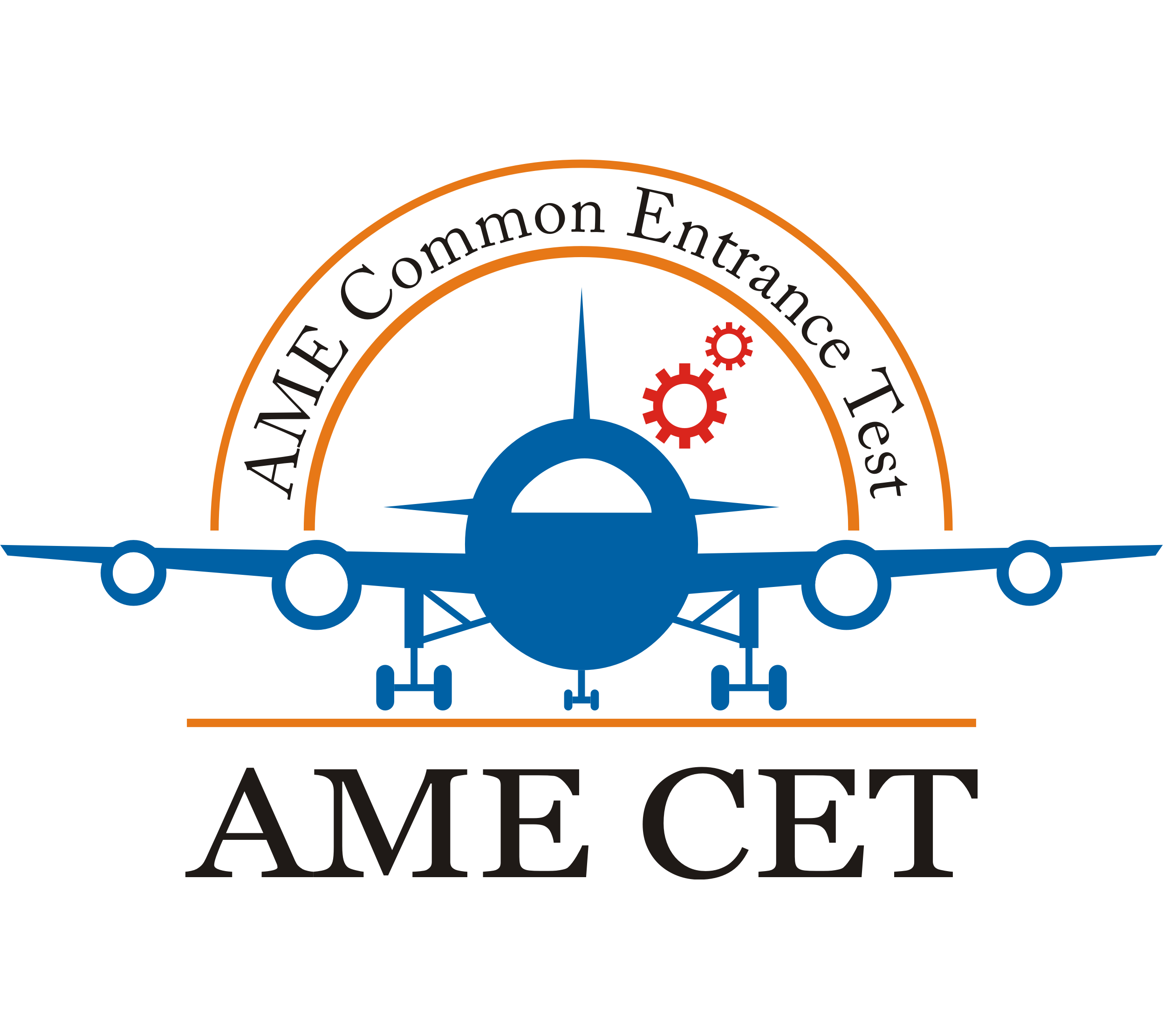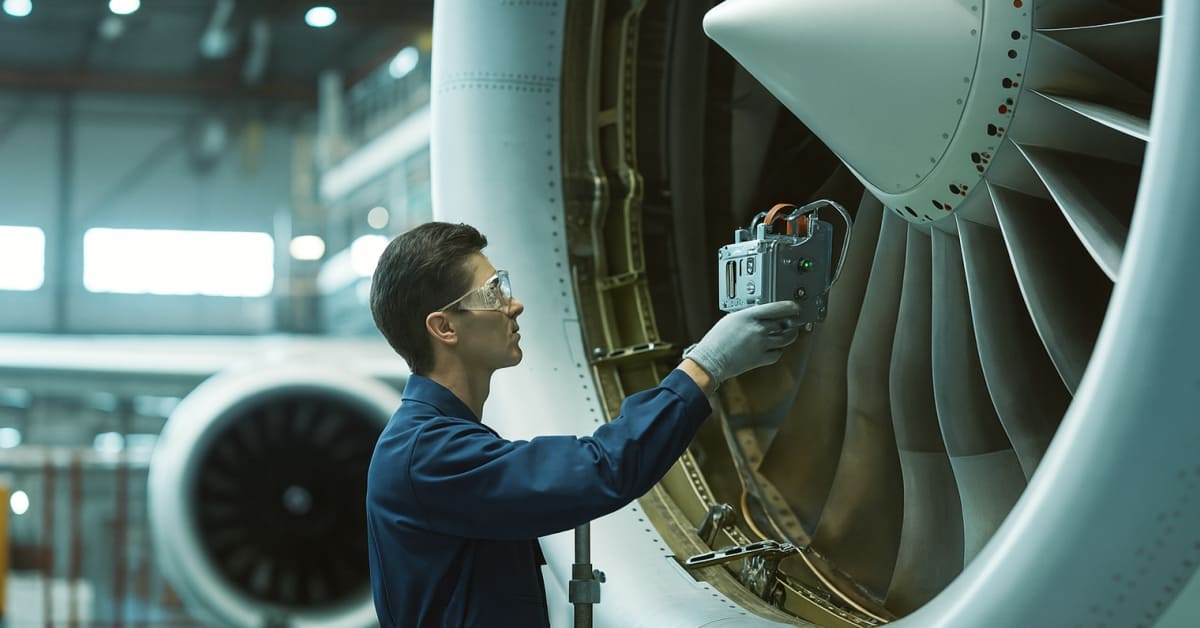What licenses do I need to become an aircraft maintenance engineer?
Posted on : 12 October, 2025 11:32 am
Aircraft Maintenance Engineering (AME) is a very skilled and accountable job in the aviation sector. An AME provides assurance of the airworthiness, safety and proper operation of aircraft. To be legally authorized to perform work on aircraft, an AME needs to be licensed. Aviation regulatory agencies like DGCA (India), EASA (Europe), FAA (USA), and more issue these licenses.
In this guide, we’ll explore the types of licenses required to become an AME, their categories, eligibility, and licensing process.
1. Introduction to AME Licensing
A license for aircraft maintenance engineers is mandatory because:
It authorizes the engineer to inspect, maintain, and certify aircraft.
It ensures accountability and safety standards in aviation.
Without a valid license, an engineer cannot legally release an aircraft for flight.
Various countries have varying licensing systems, but the motive is one—guaranteeing aircraft safety and adherence.
2. Licensing Authorities
A. DGCA (India)
Full form: Directorate General of Civil Aviation
DGCA is the Indian regulatory authority granting AME licenses.
The issued license is referred to as an Aircraft Maintenance Engineer (AME) License under CAR-66 regulations, in accordance with EASA norms.
B. EASA (Europe)
Full form: European Union Aviation Safety Agency
Issues Part-66 License, valid across Europe and most other nations.
C. FAA (USA)
Full form: Federal Aviation Administration
Issues A&P (Airframe and Powerplant) licenses to AMEs in the USA.
Each certifying authority has varying categories, procedures, and international acceptance. Students have the choice of which path to take based on where they wish to work.
3. Types of AME Licenses (India – DGCA)
Under DGCA (CAR-66), licenses have been classified into various categories based on aircraft systems and elements. These are referred to as Category A, B1, B2, B3, and C.
A. Category A – Line Maintenance
For minor-level maintenance work.
Permits the holder to sign off on certificates of minor scheduled maintenance works.
Subcategories:
A1 – Aero planes with turbine engines
A2 – Aero planes with piston engines
A3 – Helicopters with turbine engines
A4 – Helicopters with piston engines
B. Category B – Base Maintenance
This is a higher group than A. It provides more in-depth maintenance and defect correction.
i. B1 – Mechanical
Relates to airframe, engine, mechanical systems.
Subgroups:
B1.1 – Aeroplan’s with turbine engines
B1.2 – Aeroplan’s with piston engines
B1.3 – Helicopters with turbine engines
B1.4 – Helicopters with piston engines
ii. B2 – Avionics
Concerns aircraft electrical, electronic, instrument, and radio systems.
Comprises:
Electrical power systems
Navigation and communication systems
Instrumentation and autoflight
iii. B3 – Piston-engine Non-pressurized Aeroplanes
Applicable to light aircraft (non-turbine) used generally for private or general aviation.
C. Category C – Base Maintenance (Supervisory Level)
For release-of-aircraft engineers after base maintenance.
Normally should have a few years’ experience and be employed in the maintenance organizations such as MROs (Maintenance, Repair & Overhaul).
4. Licensing Process (DGCA – India)
Step 1: Educational Qualification
Should pass 10+2 (Physics, Chemistry, and Mathematics) or equivalent.
Some opt for a DGCA-approved AME Institute or a B.Sc./B.Tech in AME.
Step 2: Join a DGCA-approved AME Course
Generally a 2-year academic course + 2-year practical training.
Students opt for their stream (Mechanical/B1 or Avionics/B2).
Step 3: Module Examinations
DGCA makes students pass certain modules (theory exams) based on the license category.
For instance:
Module 3 – Electrical fundamentals
Module 6 – Materials and hardware
Module 7 – Maintenance practices
Module 11, 12, 13 – Aircraft-specific systems (for B1/B2)
Step 4: Practical Training (OJT)
On-the-Job Training (OJT) in certified MROs or airlines.
Need to have 2 years of practical experience for Category B1 or B2.
Step 5: Skill Tests and License Application
Upon passing exams and practical training, the candidate submits an application for the license to DGCA.
Need to pass a skill test administered by a DGCA-approved examiner.
5. EASA License (European System – Part-66)
EASA’s Part-66 The license is well-known and comparable to DGCA’s CAR-66.
Categories:
Category A – Line Maintenance (basic level)
Category B1 – Mechanical systems
Category B2 – Avionics systems
Category B3 – Non-complex piston engine aircraft
Category C – Base maintenance certifying staff
How to Get:
Study at an EASA Part-147-approved training organization
Pass EASA module exams
Obtain practical experience
Apply for the license from the local civil aviation authority
Advantages of EASA License:
Accepted in 30+ countries
High international job prospects
Frequently used by global MROs and global airlines
6. FAA License (USA)
In the United States, AMEs are known as Aircraft Maintenance Technicians (AMTs).
License Types:
A (Airframe)
P (Powerplant)
The majority of professionals possess a combined A&P license.
Process:
Graduate from an FAA-approved school for AMTs or acquire experience (30 months).
Pass written, oral, and practical tests.
Apply for the A&P certificate.
7. Conclusion
To become an aircraft maintenance engineer is not merely a question of technical skills—it’s about responsibility, discipline, and ongoing learning. Licensure is required and proves that you can safely maintain aircraft.
The correct license depends on where you will be working:
For India, shoot for the DGCA AME License.
For Europe or the international market, aim for the EASA license.
For the USA, target the FAA A&P License.
Regardless of the route, every licensing process demands:
Technical schooling
Practical experience
Grading high-stakes exams
With a valid license and experience under your belt, you can establish a fulfilling career in one of the most thrilling sectors in the globe—aviation.

